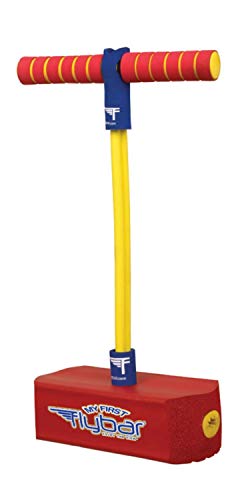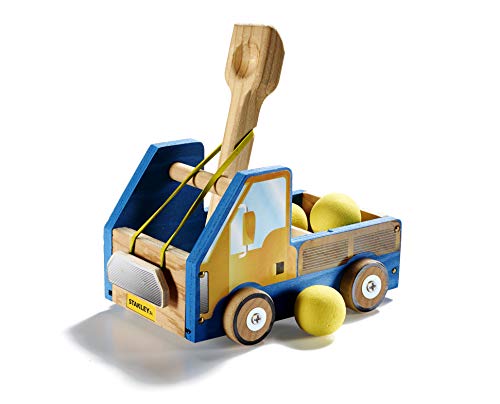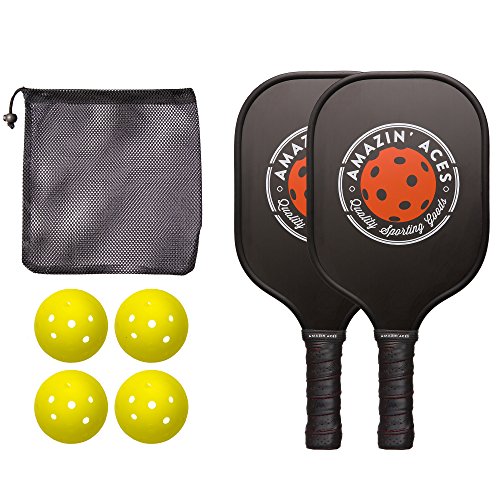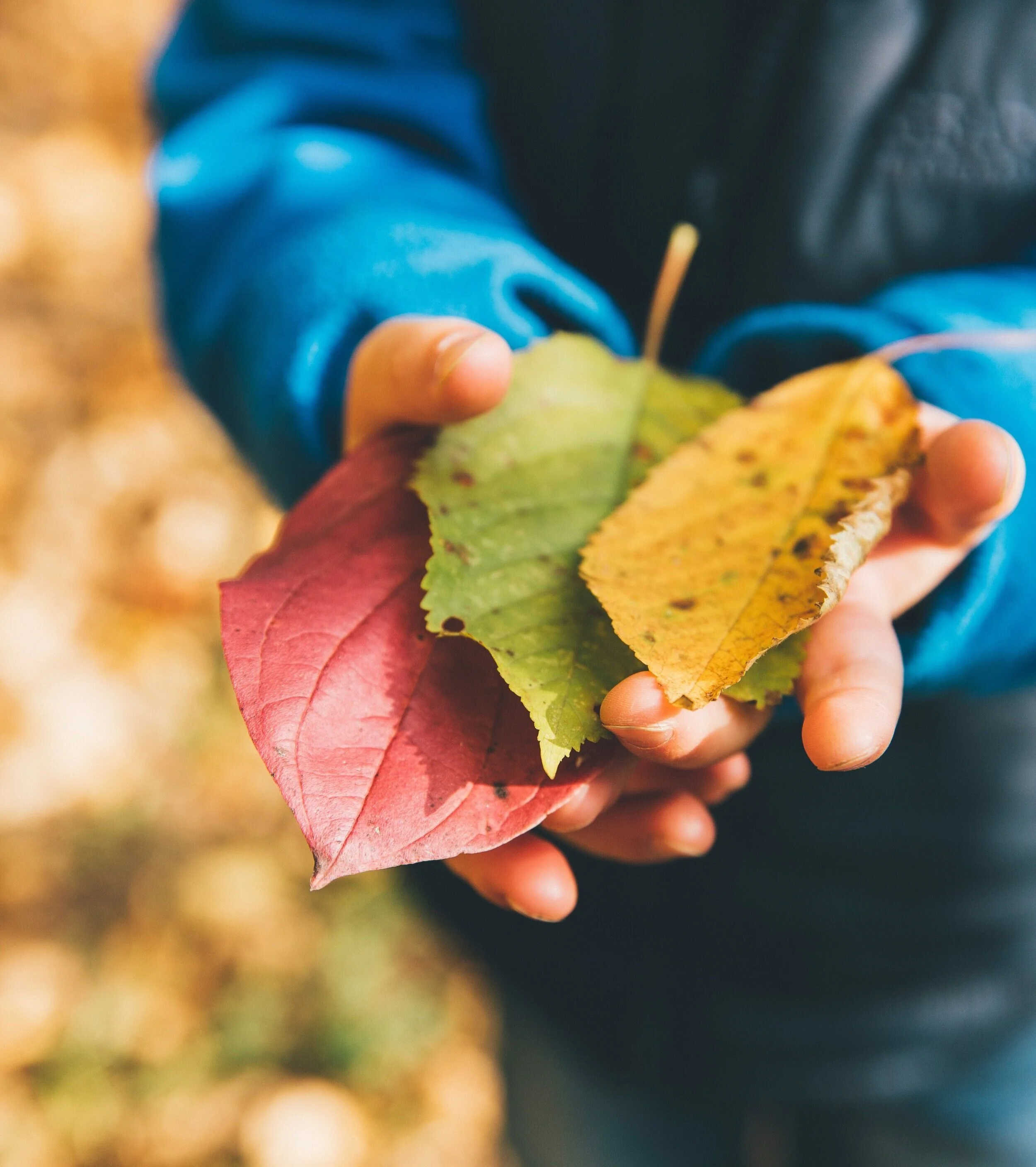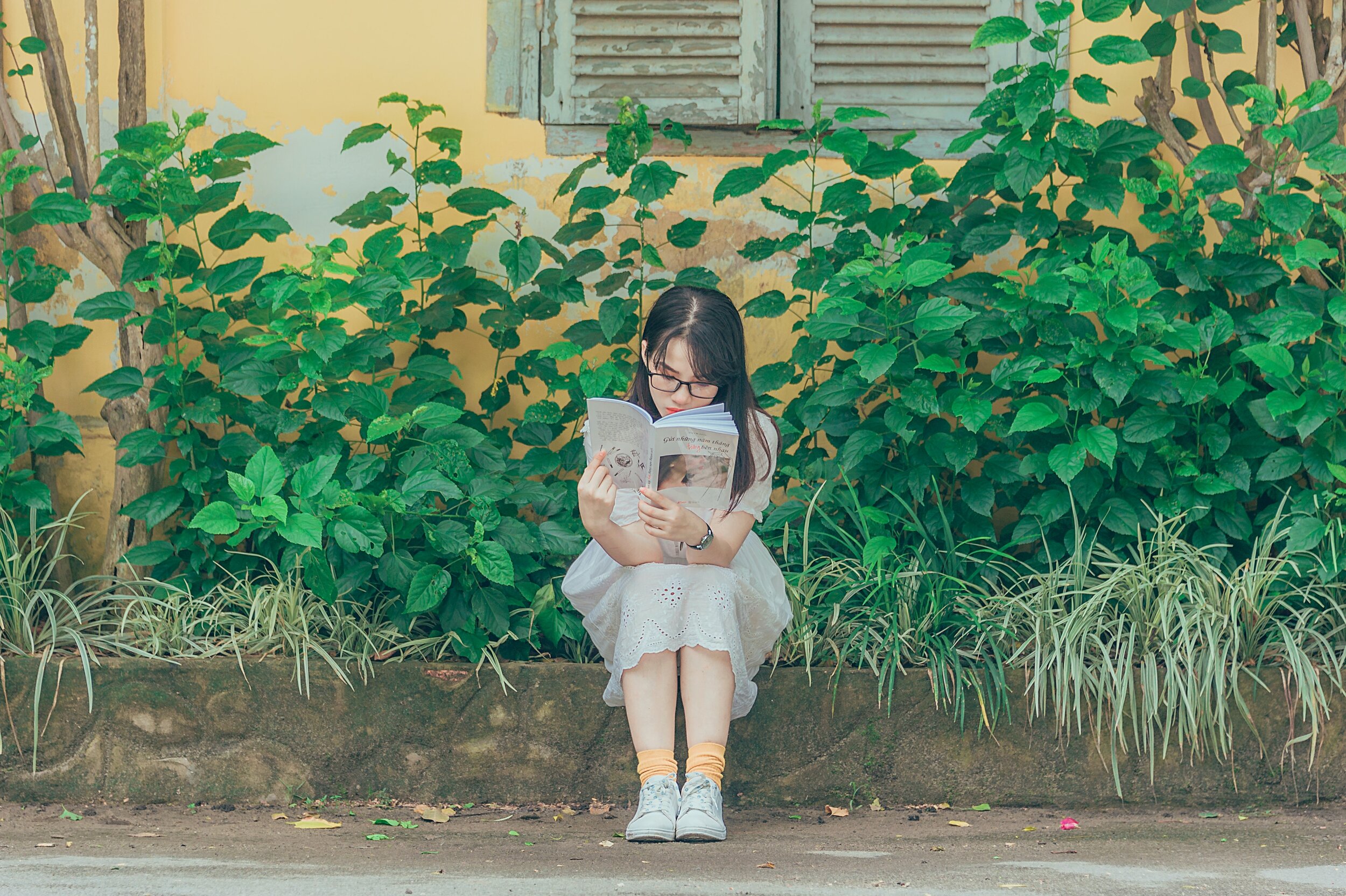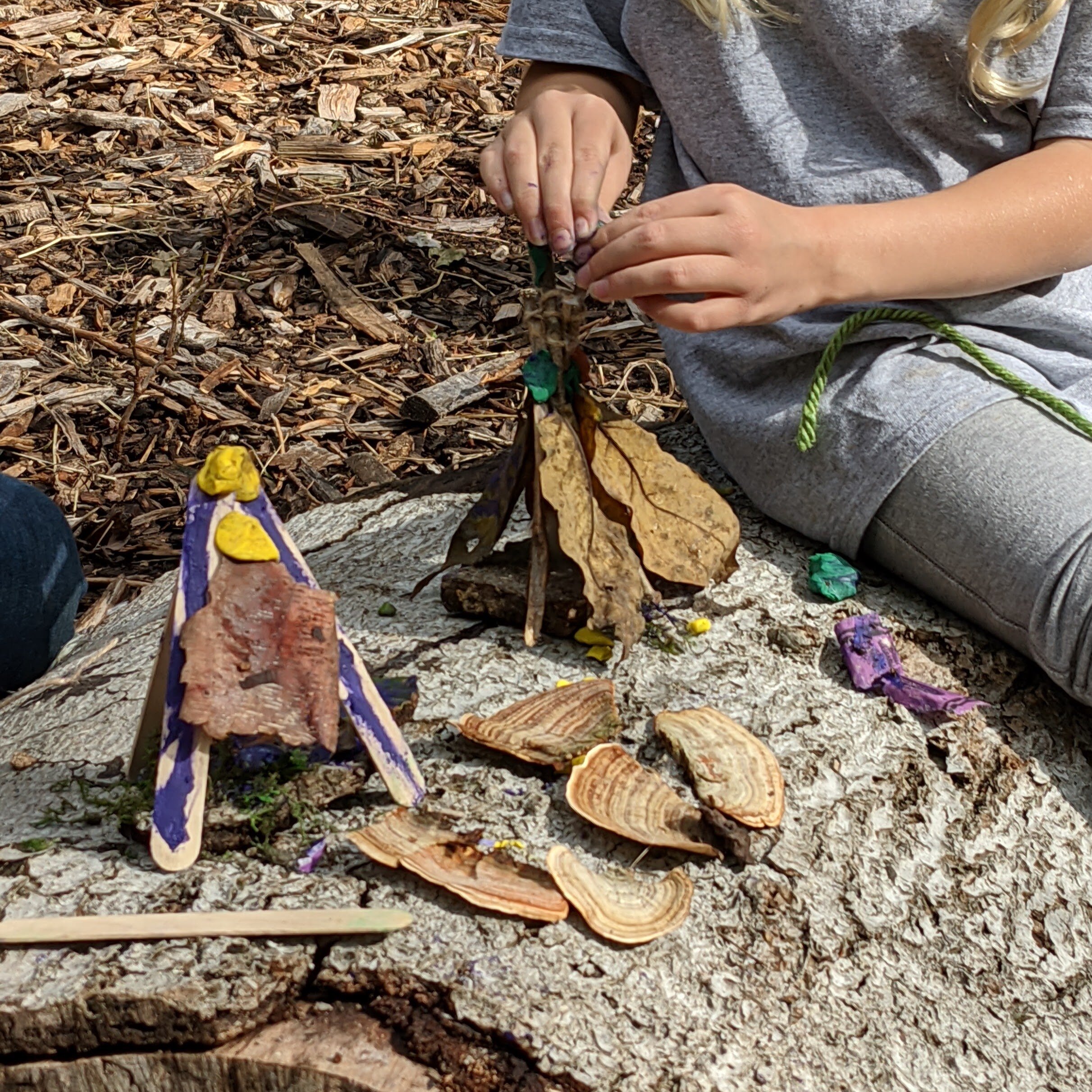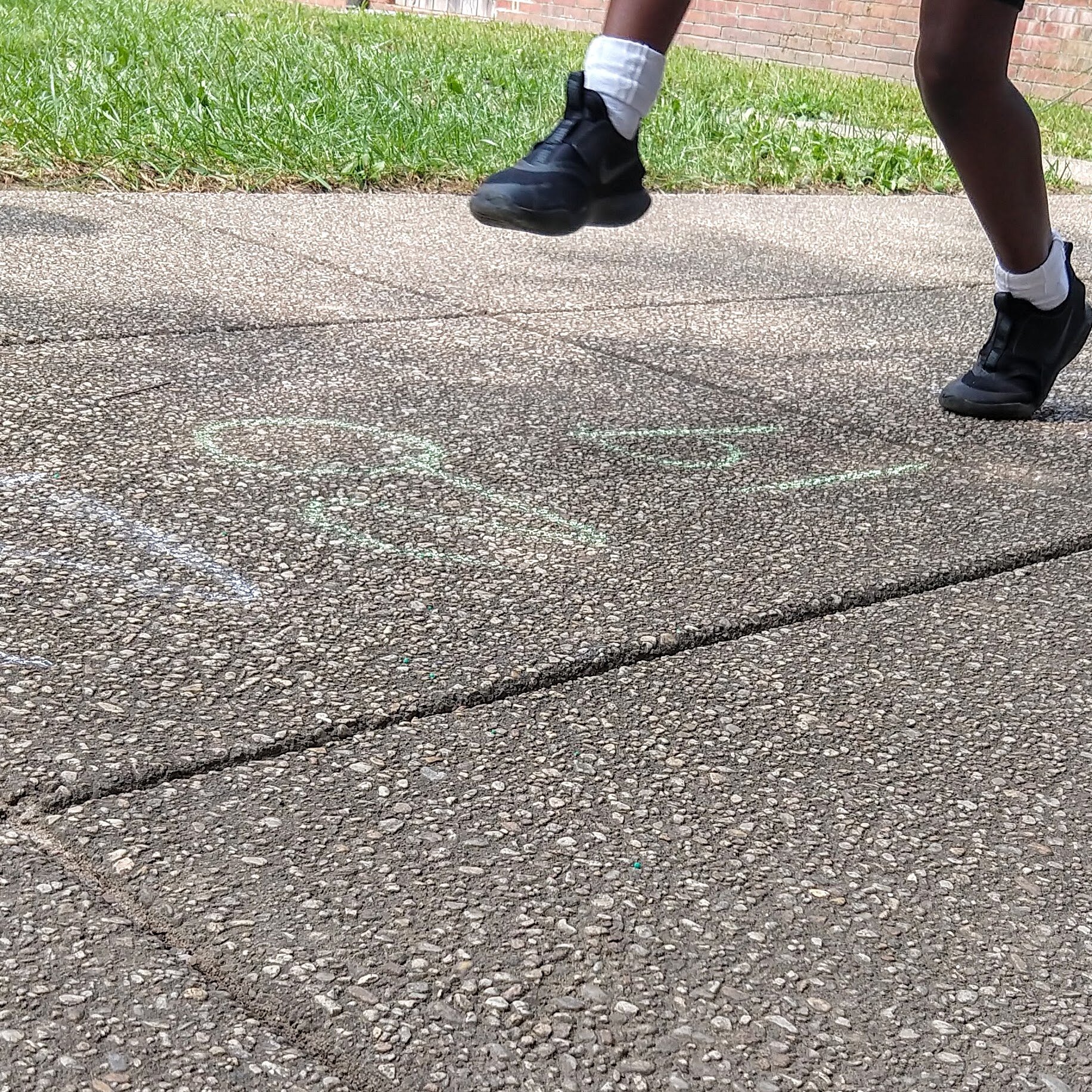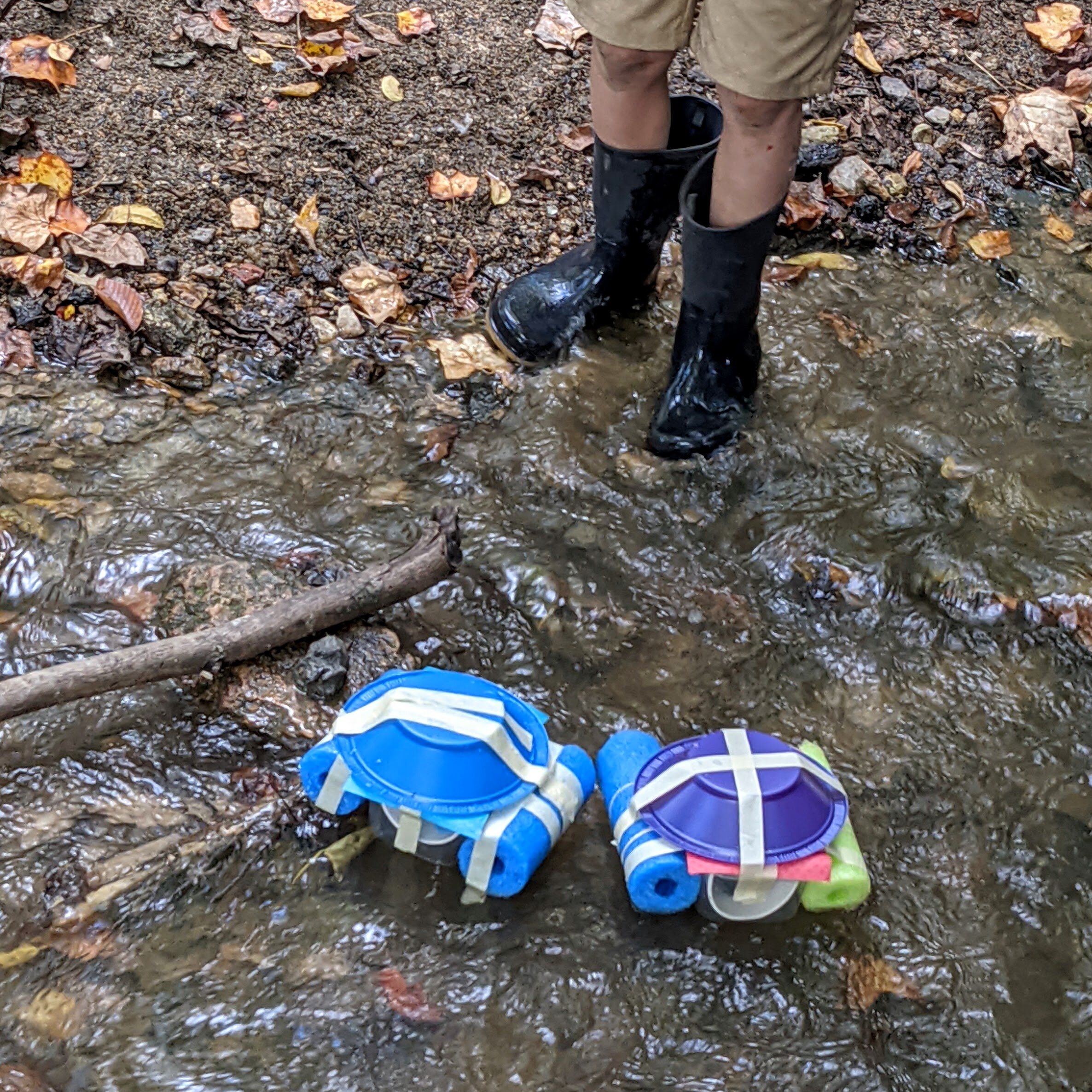I always eagerly anticipate gardening season but it has been a cold and rainy spring where I live! It has been hard to get my garden started this year but I am planning to start this weekend. Gardening is a fantastic way to introduce your child to nature. And a great way for you to get some outdoor time too. Today I want to share with you some of the amazing benefits of gardening, along with some simple, projects for the beginning (or seasoned!) gardener.
Some of the many benefits of gardening include:
Provides Education – By allowing children to participate in gardening from seed to plant, they can learn the basics of seed growth and what plants need to thrive. How a Seed Grows by Helene J. Jordan is a great beginner book to supplement your gardening (and great for rainy days, too!).
Fosters Responsibility – Taking care of a plants takes work. It is a great way to introduce jobs. Kids of all ages can plant seeds, water, and pull weeds. Not only can kids learn how to take care of family plants, by learning how things grow, they can also see their part in the bigger picture of nature. Gardening can be a first step towards learning to be good stewards of their environment.
Provides Diverse SENSORY Input –This is a particular favorite of mine! Kids need sensory input of all kinds to foster healthy development. Getting their hands in the dirt, gives great tactile input (and builds healthy immune systems – Really!).
By selecting herbs and flowers, they can experience a variety of smells. Fruits and vegetables taste great right out of the garden. Beautiful colors are a welcome sight when you plant easy growing flowers, such as zinnias. Let’s not forget hearing – how about making some simple wind chimes or listening to the variety of birds and bugs that may visit your garden! Or make a fun activity of working together to make this adorable set of wind chimes.
The final two senses that are often unknown – proprioception (awareness of where body is in space) and vestibular sense (balance) are both challenged through digging, bending and reaching.
photo credit: www.yates-kids-gardening.com
Promotes healthy eating –Studies show that kids are less likely to be picky and more likely to eat fruits and vegetables if they are grown at home. Who can’t resist eating a tomato right off the vine?!
Improves mental health – Scientific evidence abounds that show the benefits of gardening for all ages. Participating in gardening has been shown to reduce stress and anxiety, decrease aggressive behavior, improve attention and increase empathy. For more information on this check out the book, Therapeutic Gardens by Daniel Winterbottom and Amy Wagenfeld
Fun Gift Idea!
Looking for something different and creative?
How about making a gardening basket?! A packet of seeds, a trowel and set of kids gardening gloves is sure to be a hit. To personalize it, paint the child's name on the trowel with acrylic paint. Put it in a little bucket from the dollar store and you are good to go!
Here are some fun and ideas to get your family start gardening!
Grow some potatoes in a plastic bag. No need to dig a bed. Buy some seed potatoes found in garden centers this time of year. Follow the directions in this link. At the end of the growing season, dump up out the bag and be surprised by the potato harvest!
Grow sunflowers. What child wouldn’t love a flower that towers over their head? Although sunflowers come in all sizes and a variety of colors, children will be love the giant varieties. Cathy James in her book, Garden Classroom, recommends starting the seeds inside and letting them grow until they are about 8 inches tall. This prevents them being gobbled up by birds and squirrels. If you have enough space, you can plant them in the shape of a playhouse.
Theme gardens are a fun way to make gardening interesting. They can be done in a container or directly in the ground. Maybe a pizza garden with tomatoes, spinach, basil and oregano. Or a salsa garden with tomatoes, peppers, and onions. Rainbow gardens create a feast for the eyes with flowers and foliage in red, orange, yellow, green, blue, and purple. Butterfly gardens encourage the study of insects. Moon gardens contain flowers that only bloom at night. Ask at your local nursery for suggestions of local varieties.
Challenge: Plan a garden activity with your child or grandchild. Begin with a visit to a local nursery or garden center.















